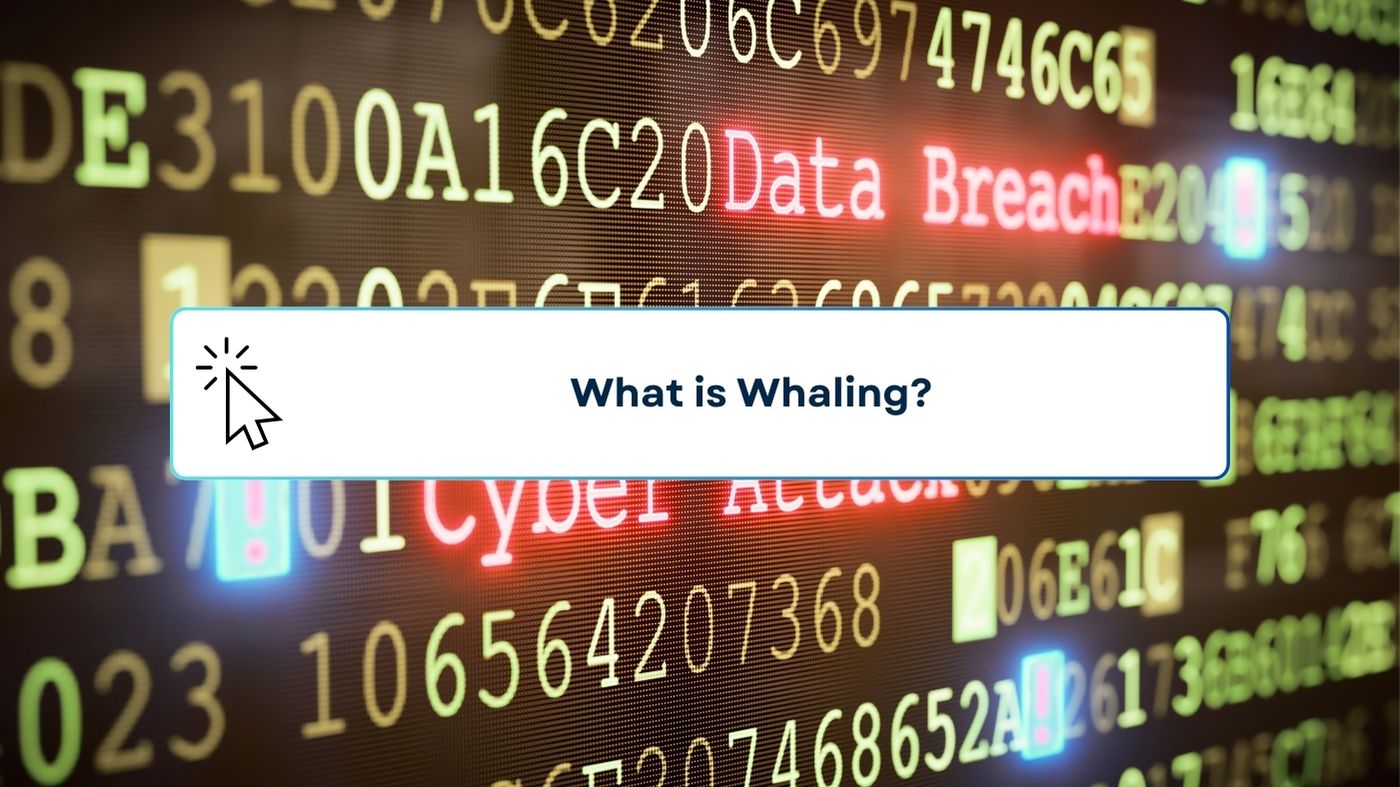Whaling Attack
Whale phishing, also known as whale phishing, is a prevalent cyber attack that targets top-level executives like CEOs or CFOs. The attackers employ phishing techniques to trick their victims into revealing sensitive information or making unauthorized wire transfers.
Cybercriminals often exploit social media platforms to collect personal information from their targets. This information is then used to create customized emails and websites that may include the target’s name, job title, or other pertinent details. It can be quite challenging to identify a whaling attack due to the high level of personalization involved.
Phishing typically goes after a wide range of individuals through mass emails, whereas whaling specifically targets high-level executives or specific individuals.
Effects of Whale Assault
Financial setback
According to a report by Phishlabs, financial fraud or other illegal activities were the driving force behind a sizable portion of the phishing emails examined in 2015. In 2014, phishing email scams caused companies to lose nearly $215 million, according to the FBI. Whaling emerged as one of the most favored methods.
Loss of data
Cybercriminals employ whaling emails as a means to acquire access to sensitive information, which could potentially be exploited for ransom or a data breach.
Damage to one’s reputation
Data breaches that expose personal information have the potential to severely harm a company’s reputation, leading to a decline in customer base and revenue. This risk is particularly heightened in cases of whaling, where the target is a top executive within the organization.
Examples of Whaling Attacks and CEO Fraud
In 2016, a Snapchat employee fell for a false email that appeared to be from the CEO. The employee revealed all of the payroll information to the attacker.
A Scoular Company employee, working at a commodities firm in Omaha, recently transferred a significant amount of $17.2 Million to a bank account in China. The culprits sent emails that seemed to be from the company’s CEO.
Tips for Avoiding Whaling Attacks
Training for Employees on Raising Awareness about Whaling
Discover effective strategies for recognizing and safeguarding against potentially harmful emails. A study discovered that the click rate reductions varied significantly, with some cases experiencing a decrease as high as 99% after employees completed a phishing awareness program. Whaling attacks highlight the importance of security awareness even at the highest levels of an organization.
Implement Multiple-step Verification Processes
Implementing multiple-step verification processes can greatly enhance the security of your system. By adding additional layers of authentication, you can ensure that only authorized individuals gain access to sensitive information. This extra level of protection can help safeguard against unauthorized access and potential data breaches. It is important to carefully design and implement these verification processes to strike a balance between security and user convenience.
It is highly recommended for companies to implement systems that involve multi-step processes when it comes to transmitting important information and initiating wire transfers. This process is crucial for establishing authenticity and can greatly decrease the risk of falling victim to fraudulent emails.
Train Employees on Safe Social Media
Be careful with the information you share on social media because cybercriminals might use it for whaling attacks. It is crucial to educate employees about the importance of not sharing sensitive information on social media platforms in order to protect against potential phishing attacks by cybercriminals.
Last Thoughts
Ensure the safety of your executives and fortify your organization against whaling attacks through specialized security awareness training. Equip your entire team, from top executives to entry-level employees, with the necessary expertise to recognize and counter advanced phishing attacks. Consider our Security Awareness Training product for a strong defense against the expensive repercussions of data breaches, financial fraud, and damage to your reputation. Take your cybersecurity to the next level.

